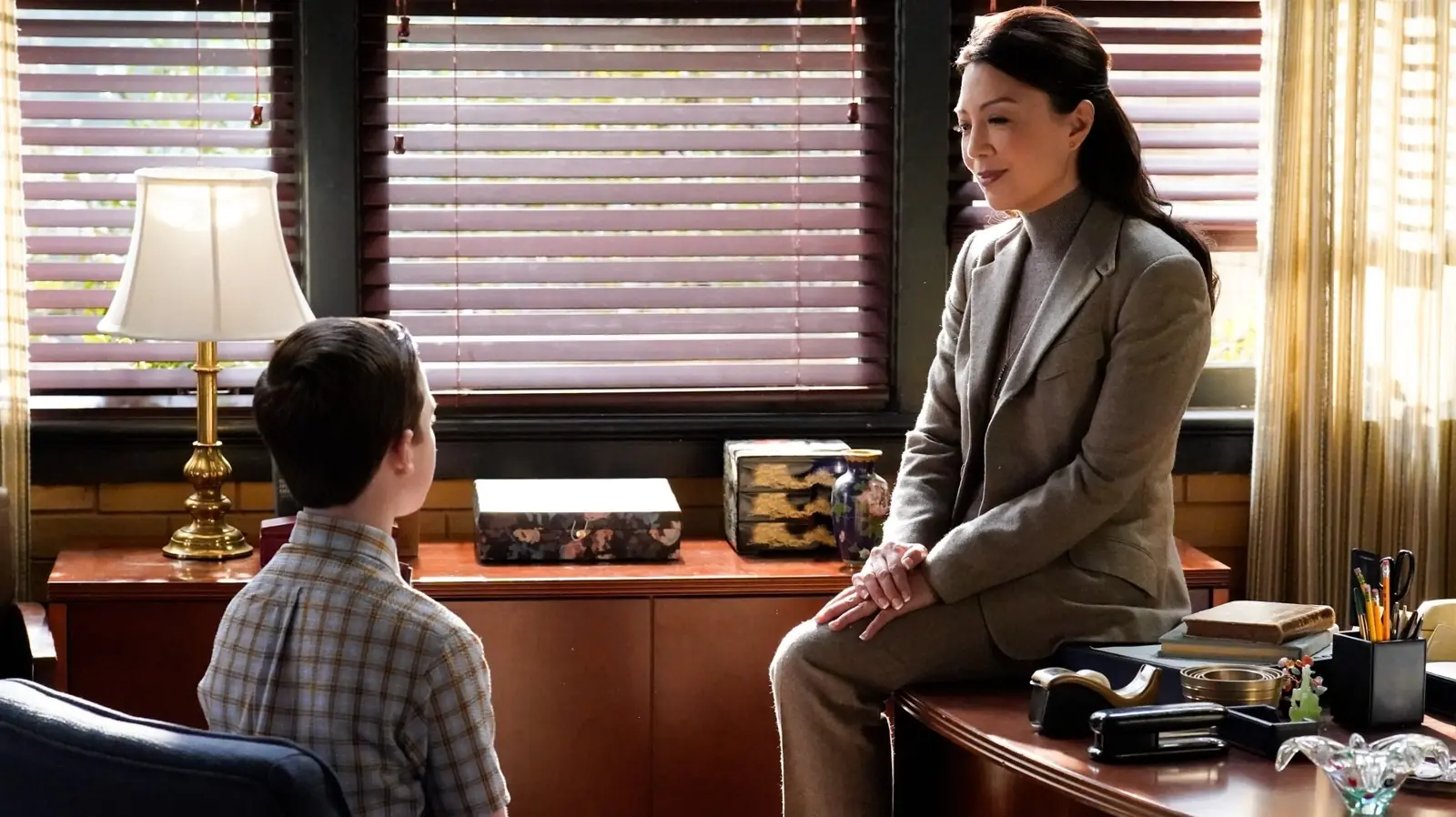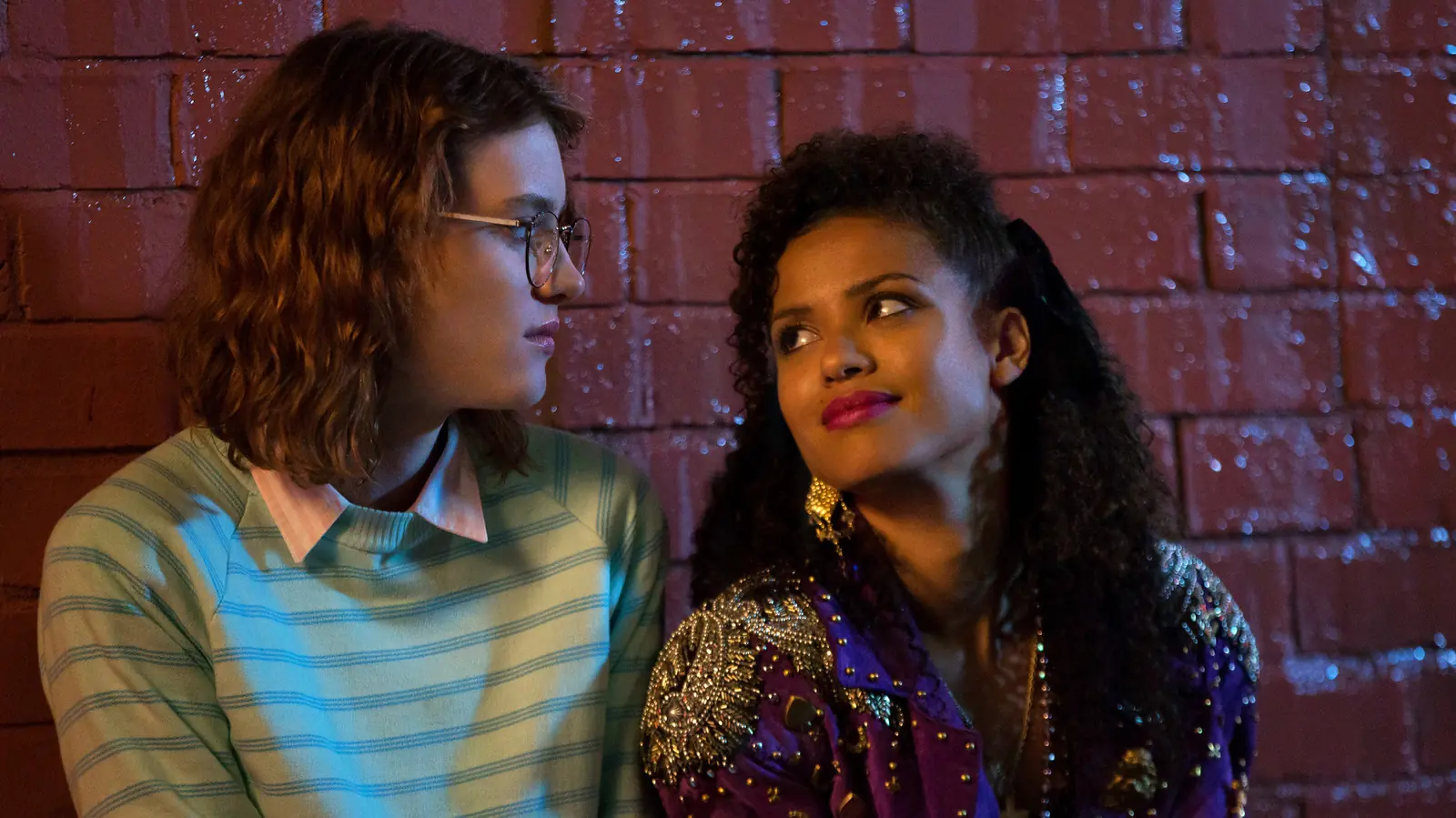The movie “28 Days Later,” directed by Danny Boyle and released in 2002, left an indelible mark on the zombie apocalypse genre by introducing audiences to the chilling effects of the Rage virus. The film was a gritty, poignant portrayal of a world plunged into chaos, providing a stark look into survival when humanity descends into savagery. Its success led to a sequel, “28 Weeks Later,” that continued to explore the fallout of the virus outbreak.
Now, a new installment, “28 Years Later,” offers an intriguing perspective on how the world has evolved in the nearly three decades since the initial outbreak. This continuation updates us on the repercussions beyond the infected zones shown in the first films, revealing a world that has transformed in ways that no one quite predicted.
From the outset, “28 Years Later” does not conform to the conventional narrative trajectory that most fans anticipated. Instead of focusing solely on the UK, where the outbreak originated, it casts a global net, examining the far-reaching implications of the virus and its worldwide psychological, socio-economic, and ecological impacts.
The film serves as both a cautionary tale and a speculative exploration, offering a thought-provoking glimpse into a world that has to adapt to the permanent presence of a viral threat that outlasts quarantine measures and medical interventions.
One of the most striking revelations is the way different nations have approached the aftermath of the virus. In this imagined future, regions boast diverse recovery strategies, some of which reflect the global responses we have seen with real-world pandemics.
For instance, certain countries have adopted an isolationist stance, closing their borders indefinitely, effectively turning themselves into fortress nations. Meanwhile, others have embraced technological advancements and biotechnology, investing in genetic research to not only prevent similar outbreaks but to enhance human resilience against such events.
Ecological restoration is another prominent theme. With human populations greatly diminished and large urban areas decimated, vast stretches of land have reverted to their natural states. This rewilding of the landscape has led to the resurgence of wildlife populations and the stabilization of many destabilized ecosystems. However, it also raises questions about the balance between nature’s reclamation and the remnants of human civilization.
Moreover, the economic reverberations are portrayed through a lens of realism and strategic futurism. With traditional economies razed to the ground, new systems emerge, often characterized by bartering networks and localized, sustainable living practices. This shift has catalyzed a reevaluation of global capitalism, crafting a narrative that prompts viewers to think critically about future economic frameworks.
“28 Years Later” also delves into the psychological aftermath experienced by the survivors and their descendants. A generation grown under the ominous shadow of the Rage virus displays unique psychological traits, including heightened anxiety about illness and a pervasive mistrust of authority. This collective trauma is compounded by cultural shifts where past traditions are either revived or lost entirely, depending on the societal structure that emerged post-outbreak.
Surprisingly, one of the areas where humanity has shown great resilience is communication. Despite the initial breakdowns in global communication systems, there is a resurgence in the use of advanced satellite technology, decentralized internet networks, and resilient communication platforms. This technological rebirth safeguards not just the sharing of information, but also cultural exchange across regions once considered irreparably disconnected.
Another significant component of “28 Years Later” is how it handles the concept of identity in a transformed world. The virus and its aftermath have erased many nationalistic divides, leading to an emergence of new cultural identities rooted in survival and adaptation rather than historical precedence.
The narrative is punctuated with individual stories that personify this theme, depicting people who, despite vast geographical differences, share struggles of reconciling their past with an uncertain future. These personal accounts are brilliantly woven into the larger tapestry, ensuring the story remains compellingly human amidst its broader socio-political commentary.
The field of healthcare, too, takes on an innovative route, mirroring a hyper-accelerated response to viral threats. Emphasizing prophylactic measures and rapid response systems, health infrastructure is depicted as unrecognizably advanced compared to the pre-outbreak world. Striking scenes exhibit how communities have developed grassroots healthcare that empowers local populations with the knowledge and tools needed to protect themselves.
Throughout “28 Years Later,” the persistent risk of the virus resurging looms large; it acts as a persistent narrative device that questions the audience’s perceptions of safety and risk tolerance. This omnipresent threat highlights the fragility of human control over viral disease.
The film bypasses a simplistic good vs. evil plot, opting for a nuanced reflection of survival across different societal contexts post-crisis. It treats the resurgence of the Rage virus as an omnipresent existential crisis that forces humanity to redefine itself fundamentally.
In exploring these themes, “28 Years Later” does more than offer a fantastical vision of a dystopian future; it invites viewers to engage with contemporary issues of globalism, sustainability, and human resilience. Its narrative is therefore dual-layered—both a continuation of a fictional saga and an allegory for the very real-world challenges we’re grappling with today.
The decision to finalize this franchise with a broad scope resonates well with current-day audiences who have recently lived through their own pandemic reality, encouraging conversations about preparedness, resilience, and unity in the face of unforeseen circumstances.
Ultimately, “28 Years Later” is a harrowing yet hopeful meditation on the human condition. It emphasizes that while pandemics can dismantle societies with terrifying efficiency, they can also serve as catalysts for profound transformation. This latest addition to the “28” franchise complicates the typical post-apocalyptic genre norms by challenging audiences to rethink narratives of disaster and recovery both on-screen and in their lives.






